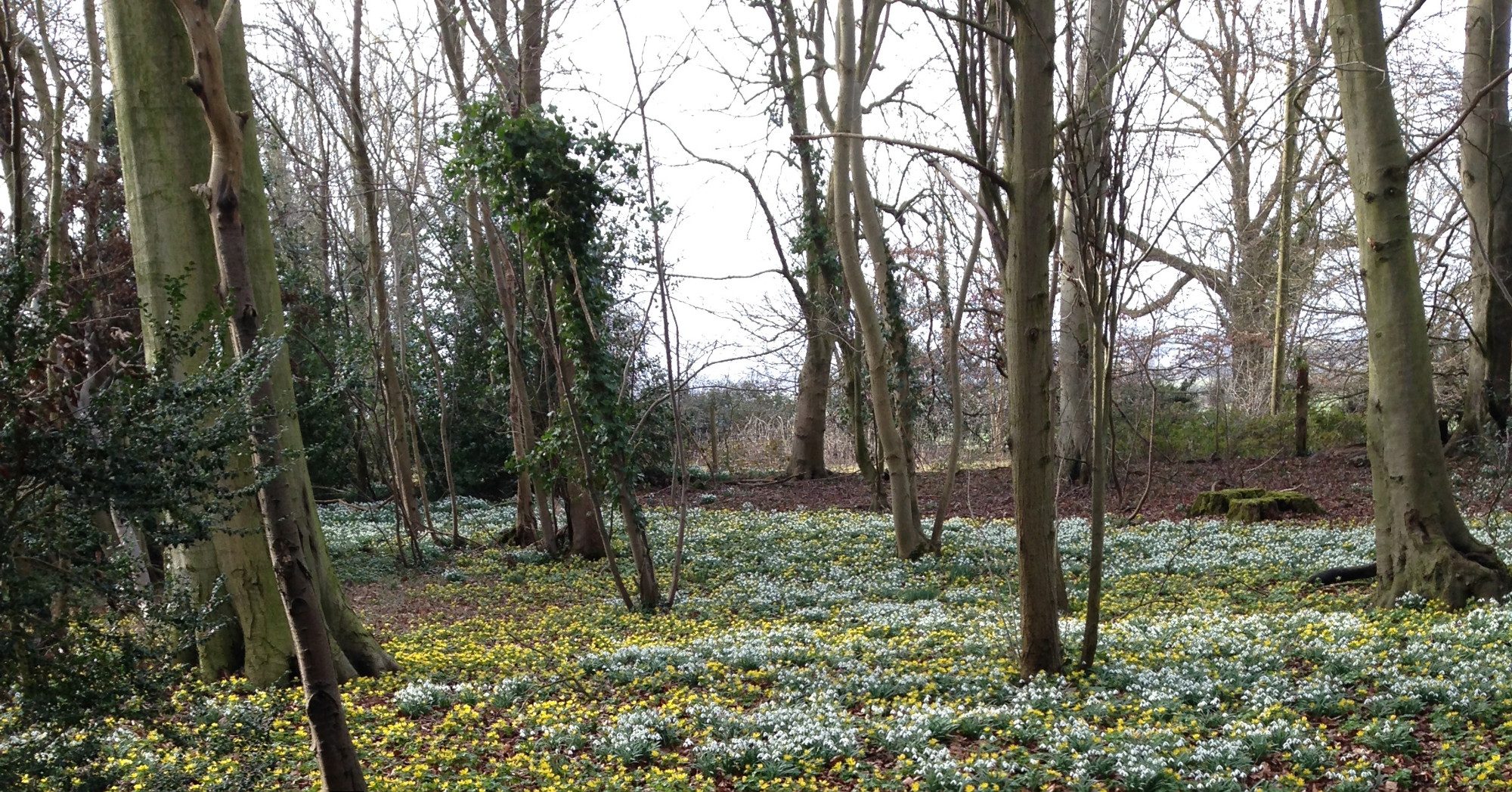On 3 October we hosted Bart Hommels, talking about retrofitting his own house. He got interested when he started doing an extension, and realised what an opportunity it was to save cash, save carbon, and increase the comfort of his home. After researching and carrying out a full retrofit of his 1940s council house, he has a lovely warm house that is cool in summer and doesn’t emit tonnes of carbon or cost him huge energy bills. The ideal time to do retrofitting is if you are extending, or remodelling a house, then the disruption can all happen at once.
Some actions we can take will save cash and carbon but won’t increase comfort eg solar PV. Heat pumps will save carbon but not save cash or increase comfort. A woodburner increases comfort and saves cash, but does not decrease carbon. The two things that do all three are making your home airtight (but with adequate ventilation), and insulation.
Cheap simple things you can do:
- Find where your energy goes – space heating, water, cooking, greedy appliances. Look at your smart meter and your bills to get this information.
- Borrow a thermal imaging camera from Cambridge Carbon Footprint to see where you lose heat from your house.
- On a windy day see where the draughts are, using a camera as in 2, an incense stick, or a wet hand. Fill gaps with tape, beads, strips etc that are available. Don’t cover your air vents though!
- If you have a combi boiler (ie no hot water cylinder), adjust the flow temperature to 65C or less to get a better condensing effect.
- Make sure you have modern sensitive controls for your boiler.
- Insulate your hot water cylinder as thick as you can.
- Lag your pipes, hot and cold ones (to avoid condensation).
- Insulate your loft with eg 270mm of rockwool.
- Cavity wall insulation.
Bart then went on to discuss bigger changes. He stressed the importance of getting a professional whole-house-plan, costed and staged. It is important to work towards a uniform standard around the house – eg don’t insulate one area to a high level and leave another area nearby uninsulated, or there will be condensation and mould in the latter area. He discussed energy standards from the current rather weak EPC regulations, right up to Passivhaus standards (where you don’t need central heating, only an electric heater for very cold days).
Ways to make a house airtight but adequately ventilated were talked about. Ventilation can be passive (trickle vents etc) but tend to be too much in winter and not enough in summer, so there are ways of actively controlling it such as mechanical ventilation with heat recovery (MVHR).
He advocated exterior wall insulation, as it is very effective but doesn’t reduce the size of your rooms, and is not disruptive as underfloor insulation is.
A recording of the talk, including slides, is available here
Helen Hale

